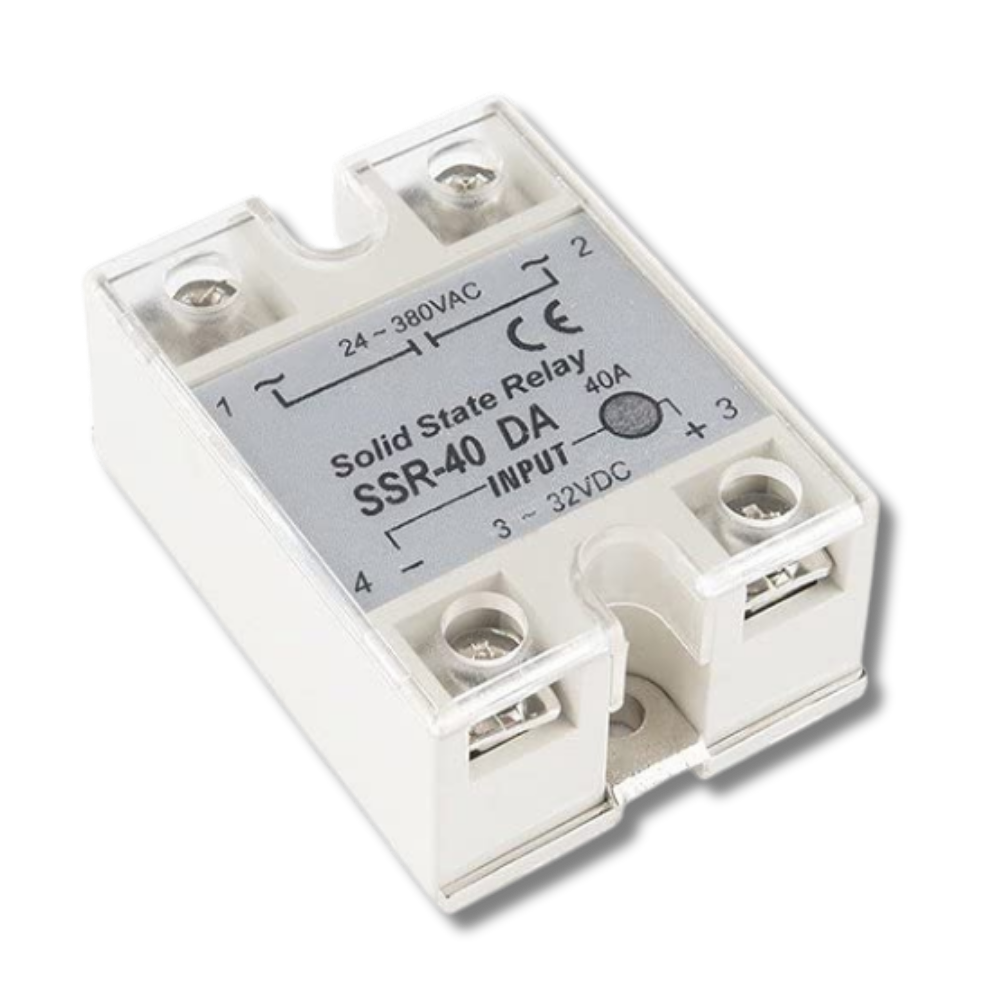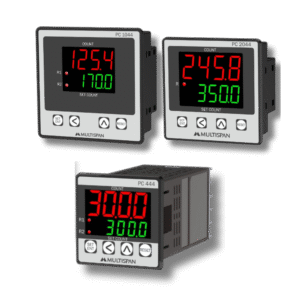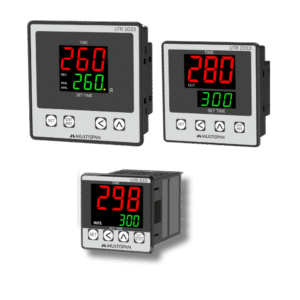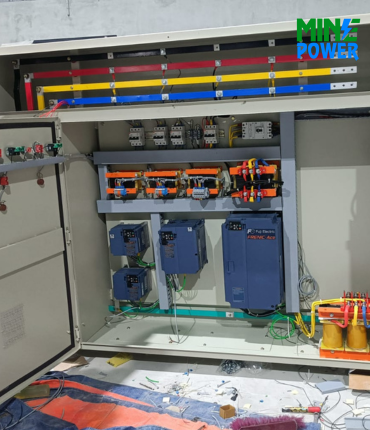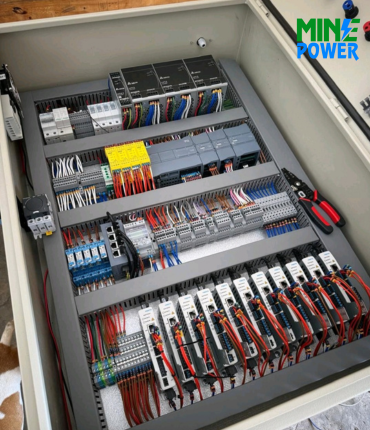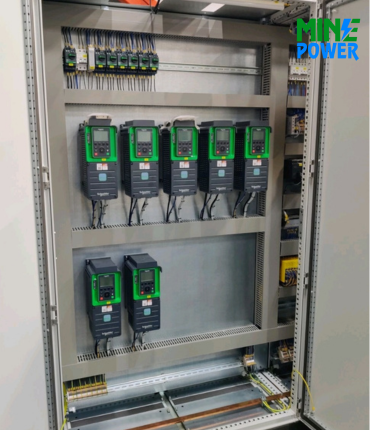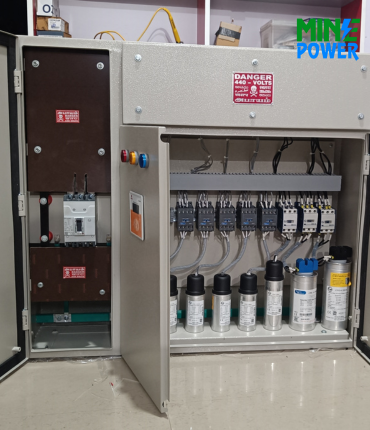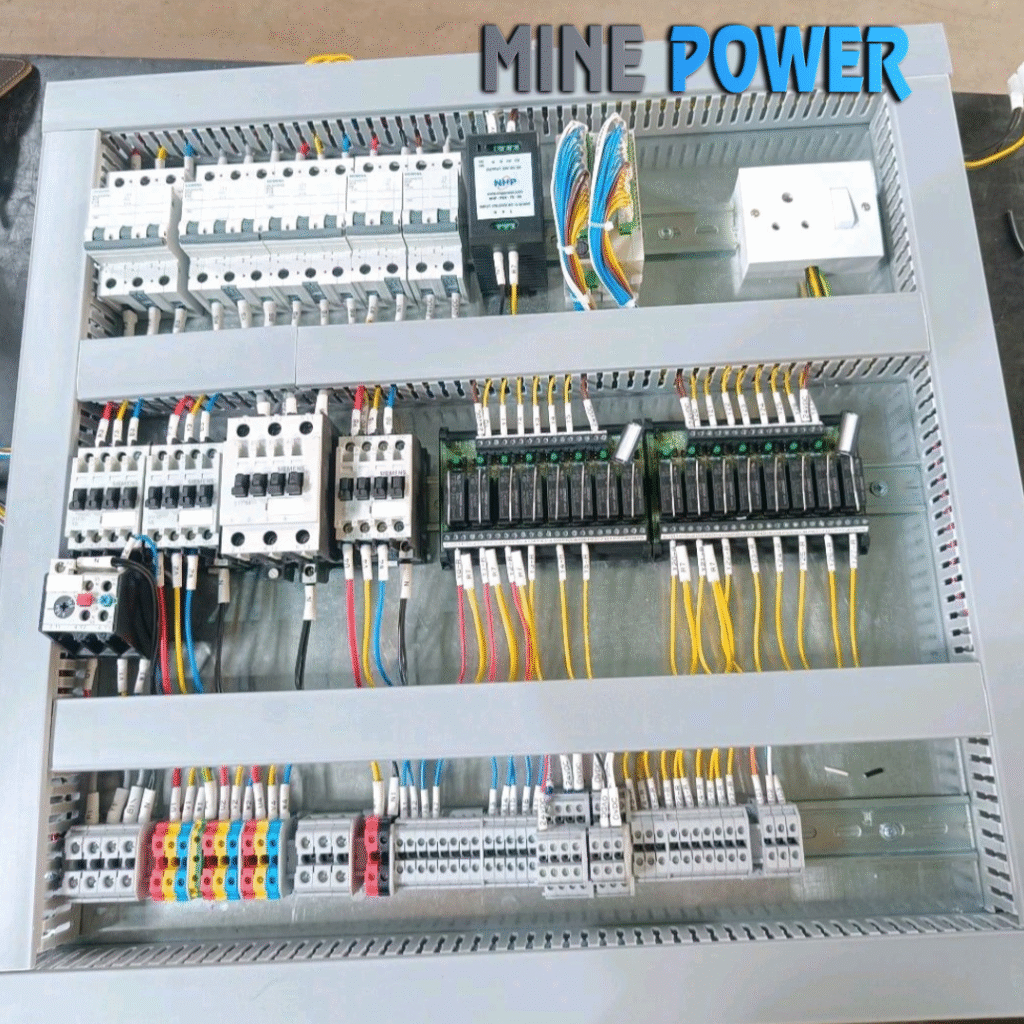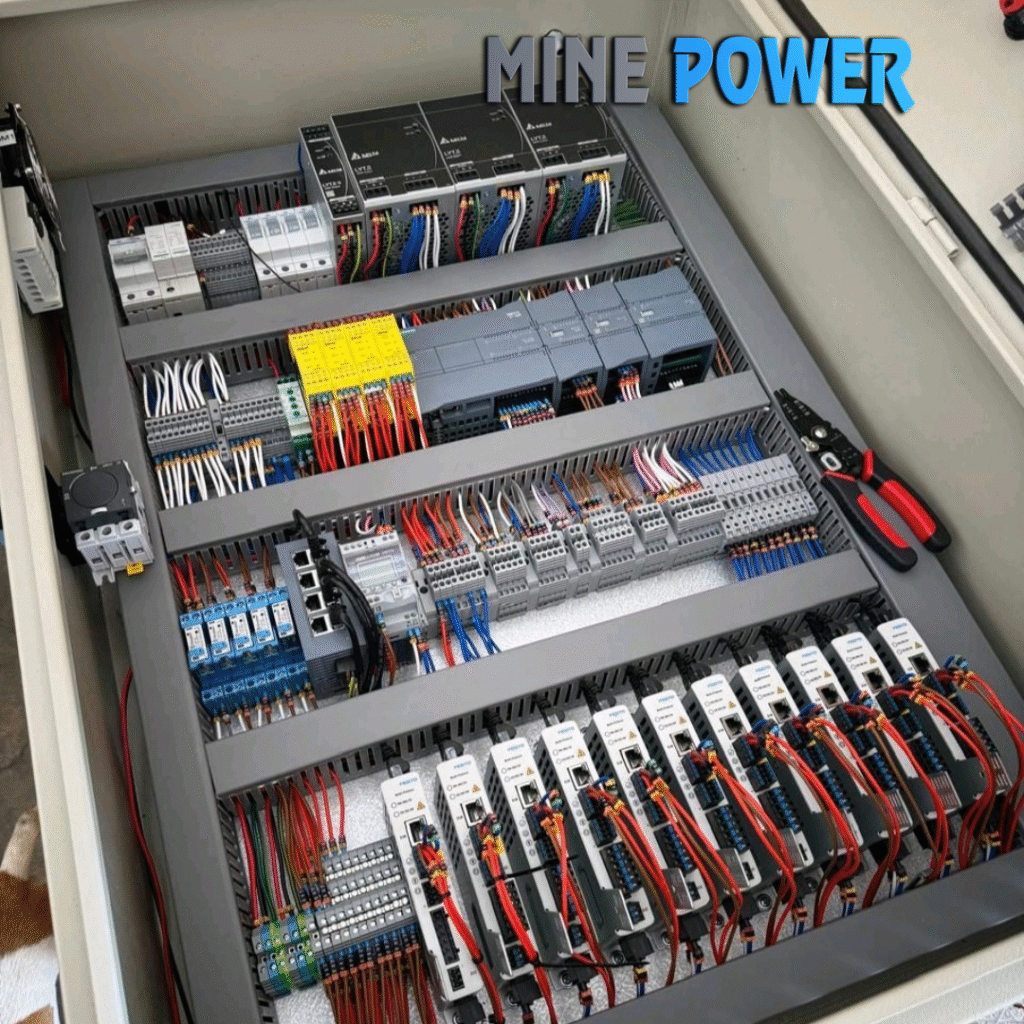A Solid State Relay (SSR) is an electronic switching device that replaces mechanical relays with fast, silent, and durable operation. Widely used in PLC-controlled automation systems for heaters, motors, valves, and lighting, SSRs provide reliable switching, long lifespan, and maintenance-free performance.
Description
A Solid State Relay (SSR) is an electronic switching device that controls power to a load without using moving parts. Unlike traditional electromechanical relays, SSRs use semiconductor components (like thyristors, triacs, or MOSFETs) to switch ON/OFF. This ensures silent operation, faster response, longer lifespan, and high reliability. In PLC systems, SSRs are commonly used to control heaters, motors, solenoids, and lamps with high switching frequency and minimal maintenance.
Specifications
Input Control Signal: 3–32 VDC / 90–280 VAC (depending on type)
-
Output Load Voltage: 24–480 VAC / 24–220 VDC
-
Output Current Rating: 2 A to 120 A (model-dependent)
-
Isolation: Optical isolation between input & output
-
Switching Type: Zero-crossing / Random turn-on
-
Response Time: <1 ms
-
Mounting: Panel mount / DIN rail
-
Cooling: Heat sink required for high current models
Key Features
✅ Fast & silent switching (no mechanical noise)
✅ High durability (no moving parts, longer lifespan)
✅ Optical isolation for safety
✅ Suitable for high-frequency switching applications
✅ Compact and vibration-resistant design
✅ Low control power requirement (PLC compatible)
✅ Available in AC & DC switching versions
Applications
Heater Control (furnaces, ovens, plastic extrusion)
-
Motor Control (small motors, pumps, fans)
-
Lighting Control (industrial & stage lighting)
-
Solenoids & Valves (automation control)
-
HVAC Systems (compressors, fans, heaters)
-
Food & Pharma Equipment (temperature & process control)
Advantages
✔ Long operational life due to no mechanical wear
✔ Faster switching compared to electromechanical relays
✔ Vibration and shock-resistant
✔ Reduced maintenance requirements
✔ Energy-efficient and reliable in harsh conditions
Disadvantages
✖ Generates heat, requiring heat sinks for higher loads
✖ Costlier than electromechanical relays (EMR)
✖ Limited overload & surge current capacity
✖ Permanent failure mode (short-circuit when damaged)
✖ Leakage current present even when OFF


